DURHAM – Researchers at Duke University continue to develop new technologies with versatile uses.
Associate Research Professor at Duke, Daniel Marks, says his team has been working for several years on a new kind of camera.
“My main project right now actually is to build giga-pixel cameras, we have been almost four years into a project and what we do is make really high resolution, really wide angle instruments so we can for instance image an entire football field to two or three millimeters resolution” Marks says.
This new giga-pixel camera uses complex optics and hundred of micro-camera to create a wide-angle snapshot. Other cameras have had pictures that are a giga-pixel in size, but Marks says the most unique feature to their camera is that it is all one snapshot.
“What we have aimed to do is, our camera literally takes a snapshot, and it’s a single giga-pixel image, currently it’s about a tenth of a second so you really see a single instant in time” Marks states.
Their newest camera was built only a few months ago and has a 100 degree by 30 degree camera angle. The giga-pixel camera research is currently funded by the Defense Advanced Research Projects Agency with the intention to help protect soldiers in the field and identify threats from afar. Marks says they took this into consideration when designing camera to take wide-angle photographs.
“It became likely to be used for terrestrial imaging, for imaging on the ground, and if you have a wide-angle camera you find out your mostly taking pictures of the sky and ground so it doesn’t really make sense to have a vertical field of view that’s really large” Marks says.
Currently, in a test done with the camera, Marks found that their camera can see boats five times farther away than the ones the military uses. The research being done on this camera can be useful for many other applications as well. The camera has potential uses in sporting games, but Marks says some of the optical design in the giga-pixel camera can benefit telescopes and help further other academic research.
“I think there would be applications for astronomy, I think versions of this are possible that would greatly increase the amount of sky we can survey, and therefore not just for looking for dangerous objects, but also for interesting science” Marks says.
Marks and his team have tested out this camera at the Duke vs. UNC football game and produced some high quality pictures available online.
To view the pictures Daniel Marks has take with his camera click here.
For more information click here.
Related Stories
‹

Trump Makes Unfounded Claims About Tylenol and Repeats Discredited Link Between Vaccines and AutismPresident Donald Trump on Monday used the platform of the presidency to promote unproven and in some cases discredited ties between Tylenol, vaccines and autism.

Europe Launches a Drive To Attract Scientists and Researchers After Trump Freezes US FundingThe European Union launched a drive to attract American scientists and researchers to Europe with offers of grants and new policy plans.
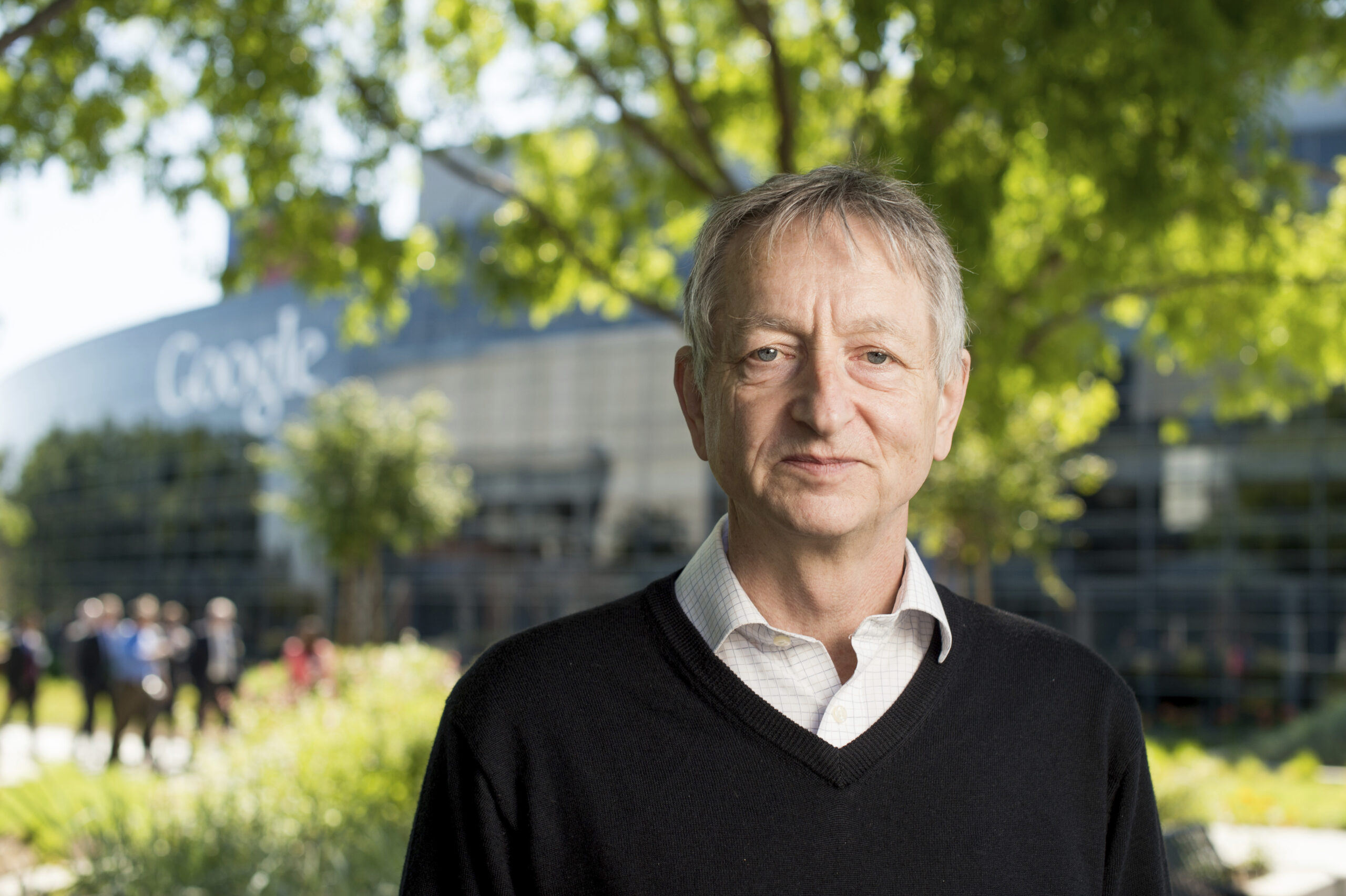
AI Is Having Its Nobel Moment. Do Scientists Need the Tech Industry To Sustain It?The tech industry has now made it easier for AI scientists to pursue their ideas even as it has challenged them with new ethical questions.

UNC Study: 'Habitual' Social Media Use Changes Kids' Brain DevelopmentDo you remember the time before social media? For children and young adults, social media is a significant part of their lives — and we’re still learning how it’s affecting them.
A study conducted by UNC researchers found a habitual checking of social media can impact brain development in adolescents.
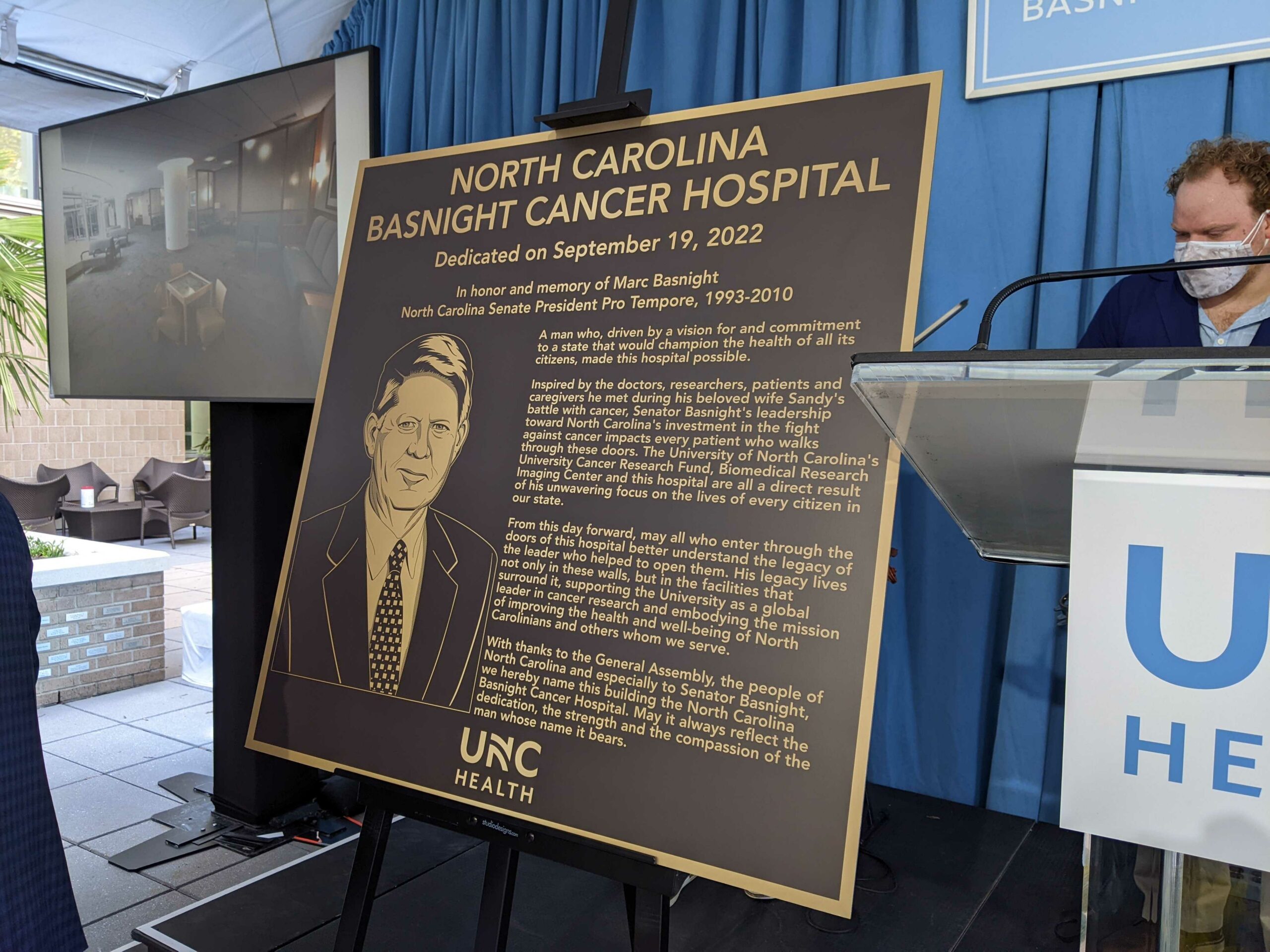
UNC Cancer Hospital Renamed to Honor State LeaderMarc Basnight was North Carolina’s longest-serving legislative leader. After his death, state legislatures wanted to find a way to honor him.
![]()
Darwin in a Lab: Coral Evolution Tweaked for Global WarmingWritten by CALEB JONES On a moonless summer night in Hawaii, krill, fish and crabs swirl through a beam of light as two researchers peer into the water above a vibrant reef. Minutes later, like clockwork, they see eggs and sperm from spawning coral drifting past their boat. They scoop up the fishy-smelling blobs and […]
![]()
Fossil Leaves May Reveal Climate in Last Era of DinosaursWritten by CHRISTINA LARSON Richard Barclay opens a metal drawer in archives of the Smithsonian Natural History Museum containing fossils that are nearly 100 million years old. Despite their age, these rocks aren’t fragile. The geologist and botanist handles them with casual ease, placing one in his palm for closer examination. Embedded in the ancient […]
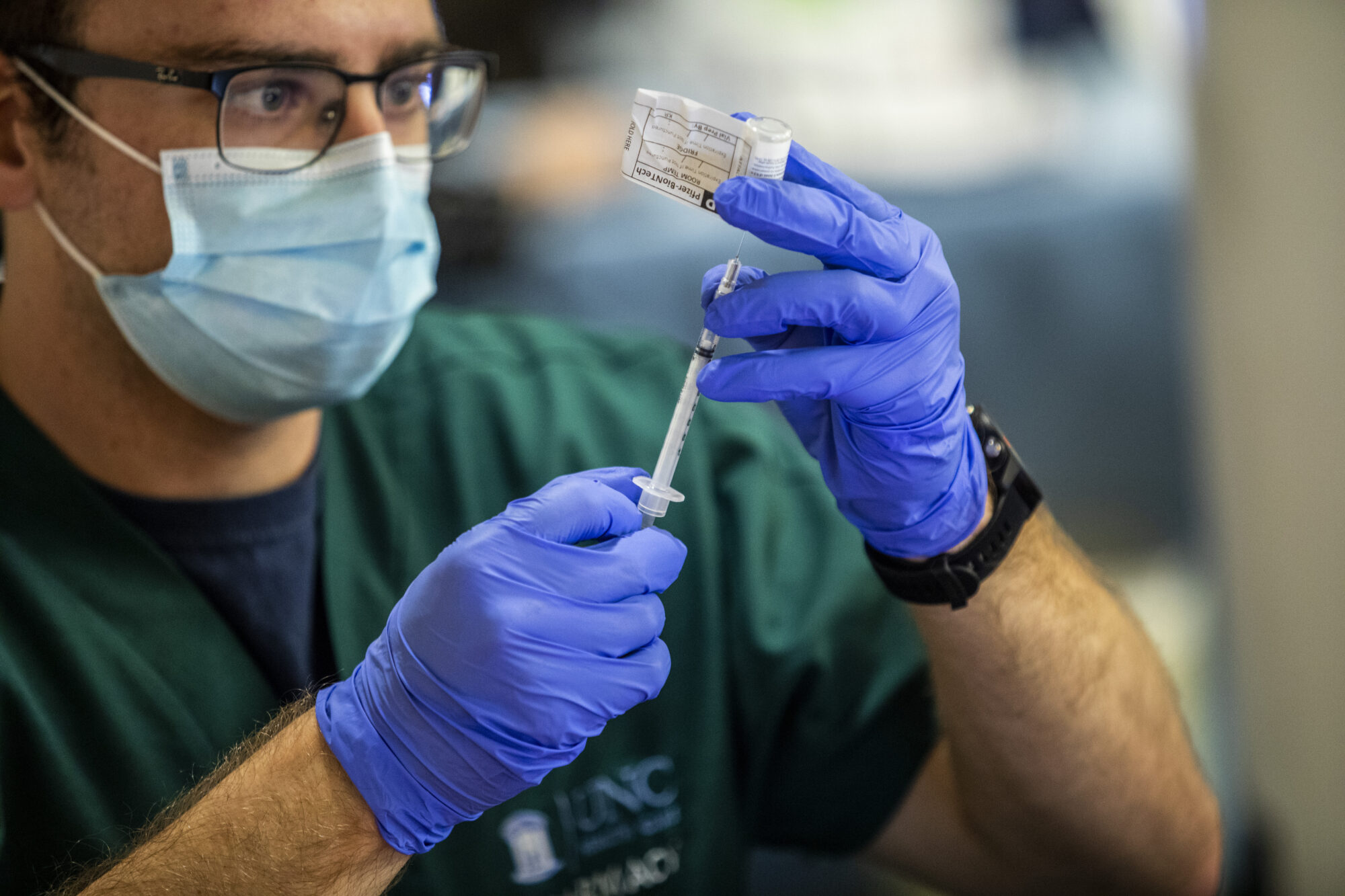
Top Stories of 2020: COVID-19 Research, Testing and VaccinesAs the COVID-19 pandemic spread across North Carolina, health officials at UNC worked to gather enough PPE, amp up testing and develop new treatments for the virus.
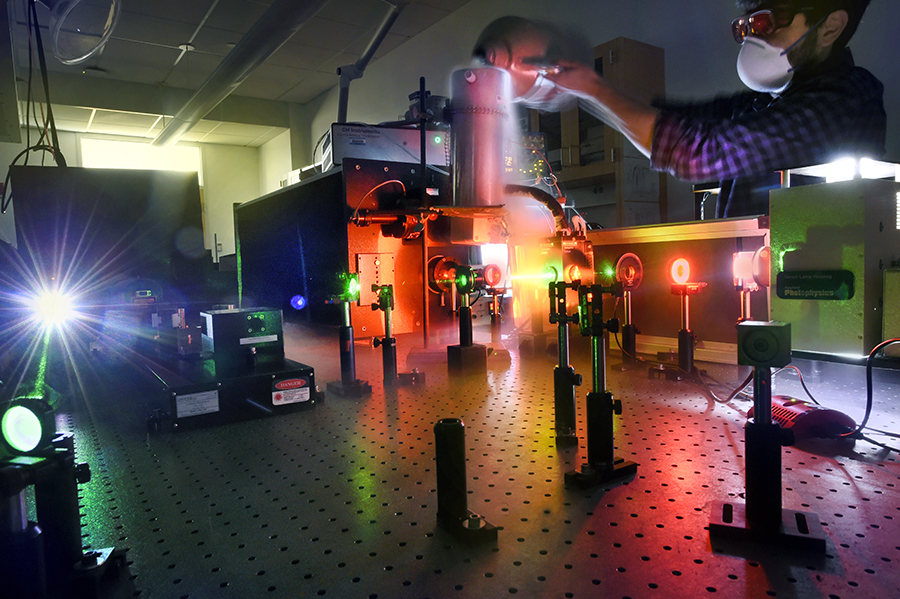
UNC Partnership, Researchers Working to Convert Sunlight Into Liquid FuelThe University of North Carolina at Chapel Hill will lead a $40 million Department of Energy project to research solar energy production. The grant has been given to the North Carolina-based Center for Hybrid Approaches in Solar Energy to Liquid Fuels, otherwise known as CHASE, to accelerate fundamental research of the production of fuels from […]
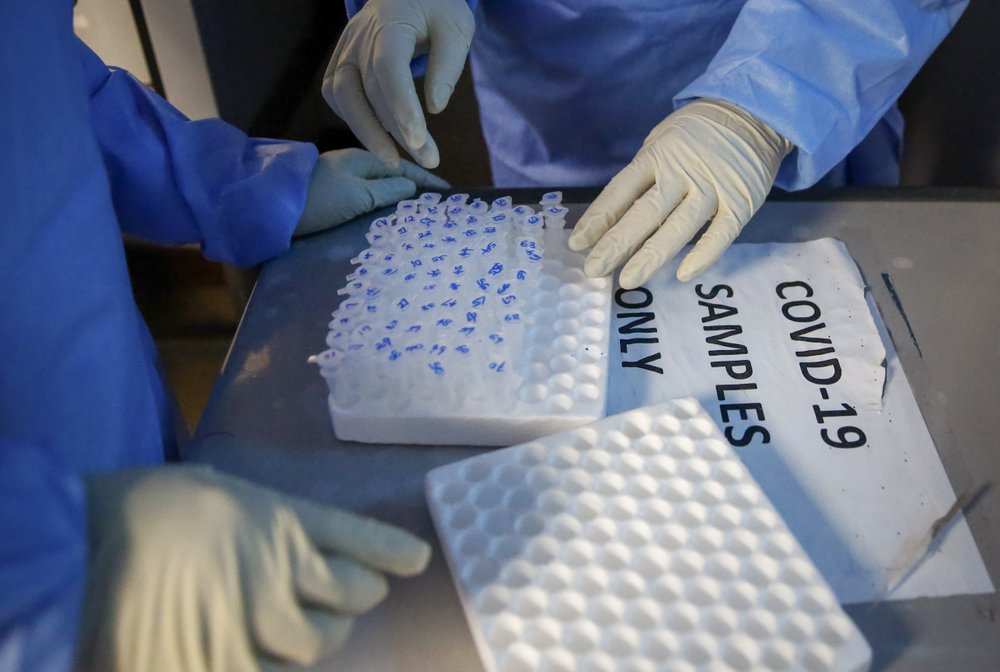
UNC Researcher on COVID, At-Risk Populations: 'We Are Not Out of the Woods'As coronavirus cases in North Carolina continue to rise, researchers and health officials are expressing concerns for at-risk groups – and that means more than just the elderly population. Dr. Giselle Corbie-Smith is a UNC Professor of Social Medicine, the Director of the Center of Health Equity Research and a Professor of Internal Medicine. She […]
›









